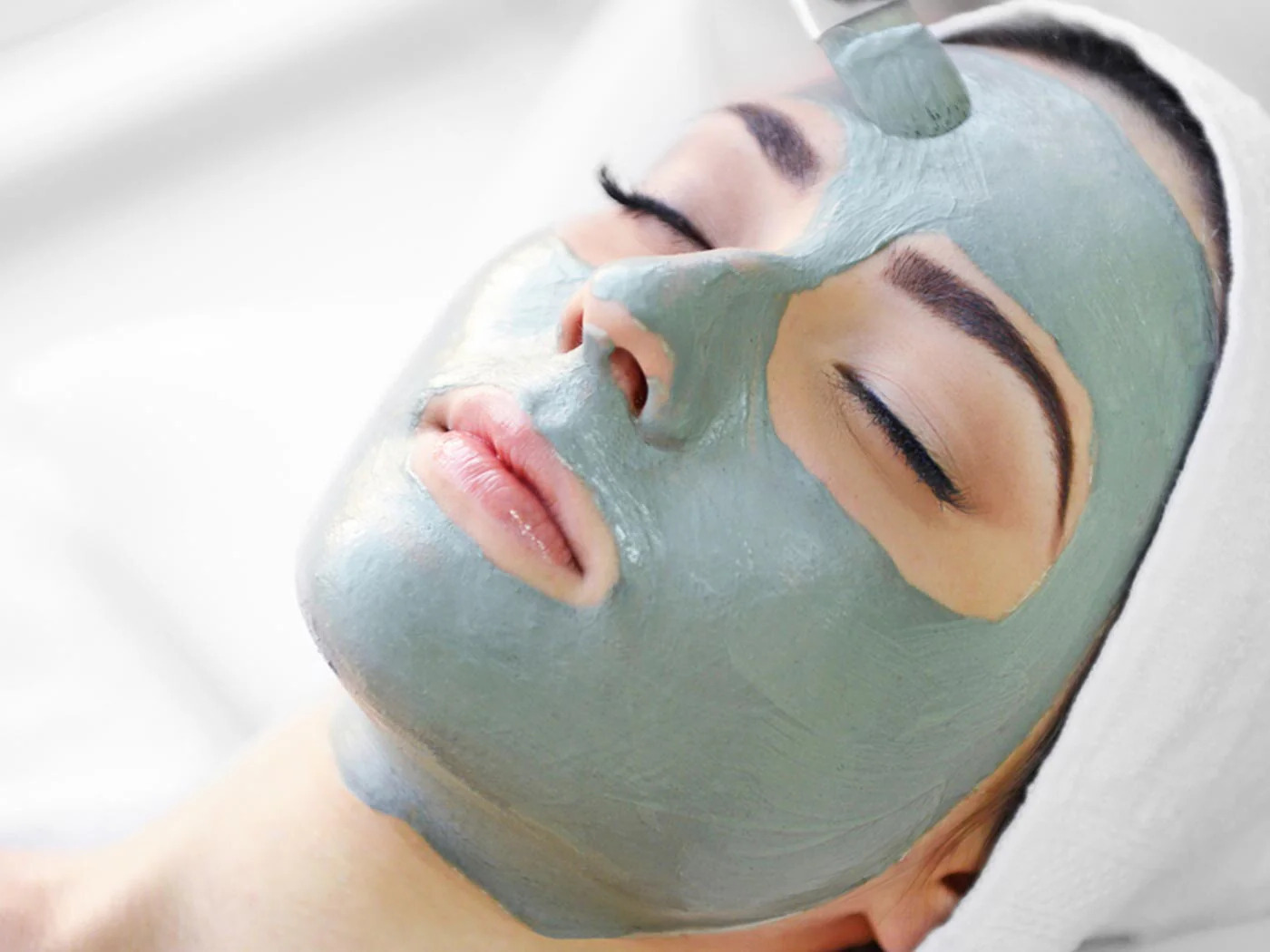
When it comes to weapons of mass destruction, Lewisite is a name that sends chills down the spine. This deadly chemical compound, also known as L, has a notorious history and remains one of the most terrifying weapons ever created. Developed during World War I, Lewisite was originally intended for use as a chemical warfare agent. Its ability to cause extreme pain, blistering, and even death made it a feared weapon on the battlefield. Over the years, numerous facts and details about Lewisite have emerged, shedding light on its dark legacy. In this article, we will unveil 18 fascinating facts about Lewisite, ranging from its composition and characteristics to its effects on the human body and its international ban. Brace yourself for a journey into the disturbing world of this lethal weapon!
Key Takeaways:
- Lewisite is a highly toxic chemical weapon developed during World War I, causing severe skin burns and respiratory damage. Its use is strictly prohibited under international law to prevent its devastating effects.
- Despite its history, efforts are ongoing to prevent the use and proliferation of Lewisite and similar chemical weapons. International organizations work to maintain peace and security by promoting disarmament and the development of safer alternatives.
The Origin of Lewisite
Lewisite is a potent and toxic chemical warfare agent that was first synthesized in the early 20th century by American chemist Winford Lee Lewis. Its development was prompted by the need for a more effective and destructive weapon during World War I.
The Composition of Lewisite
Lewisite is an oily liquid and belongs to the class of chemical compounds known as arsenicals. Its chemical formula is C2H2AsCl3, and it is primarily composed of carbon, hydrogen, arsenic, and chlorine.
Lewisite’s Toxicity
Lewisite is infamous for its high toxicity levels. It is a potent blistering agent, causing severe skin burns and respiratory damage upon contact. It has been classified as a Schedule 1 chemical weapon by the Chemical Weapons Convention due to its lethal effects.
The Appearance of Lewisite
Lewisite can appear as a colorless to amber liquid, depending on its concentration. It has a distinctive odor, often compared to geraniums or garlic, making it easily detectable in the air.
Lewisite’s Mode of Action
When Lewisite comes into contact with the skin, it rapidly reacts with the moisture to form a highly corrosive and caustic substance. This reaction leads to the blistering and necrosis of the affected tissues.
The Development of Lewisite as a Weapon
During World War I, Lewisite was extensively researched and developed as a chemical warfare agent by the United States. It was intended for use against enemy forces, specifically targeting their respiratory systems and creating panic among the enemy troops.
Lewisite’s Deployment in Warfare
Lewisite was never used on the battlefield during World War I due to a series of diplomatic agreements. However, it was stockpiled as a potential weapon and served as a deterrent during the conflict.
Lewisite’s Classification as a Banned Substance
After World War I, nations recognized the inhumane nature of chemical warfare and the devastating effects of agents like Lewisite. The Geneva Protocol of 1925 prohibited the use of chemical and biological weapons, including Lewisite, in warfare.
Lewisite’s Role in World War II
Although Lewisite was not employed as a weapon during World War II, its research and development paved the way for the creation of other toxic chemical agents used during the conflict.
Medical Uses of Lewisite
Interestingly, Lewisite also found application in medicine. In certain situations, it was used as a topical treatment for conditions like psoriasis due to its potent vesicant properties. However, its use in this context has been largely discontinued due to the availability of safer alternatives.
The Effects of Lewisite on the Environment
Lewisite is highly persistent in the environment and can contaminate soil, water, and air. Its long-term effects on ecosystems and wildlife are a significant concern, with potential for bioaccumulation through the food chain.
Lewisite’s Role in Chemical Weapon Detection
Because of its distinctive odor and toxicity, Lewisite has been crucial in the development of chemical warfare detection systems. Its unique characteristics have allowed for the creation of sensors and equipment capable of identifying and measuring its presence in the environment.
Lewisite’s Derivatives
Over the years, researchers have developed variants and derivatives of Lewisite with modified properties for potential use in industrial applications and medical research. These modified compounds aim to retain some of Lewisite’s qualities while reducing its toxic effects.
The Destruction of Lewisite Stockpiles
In compliance with international agreements, countries with stockpiles of Lewisite have taken steps to safely and responsibly dispose of these chemical agents. Specialized facilities and processes are utilized to neutralize and destroy the dangerous components under controlled conditions.
Protection Against Lewisite Exposure
Given the highly toxic nature of Lewisite, protective measures are critical when handling or working in environments potentially contaminated by this chemical agent. Protective clothing, respiratory equipment, and proper training are necessary to safeguard against exposure.
Legal Consequences of Lewisite’s Use
The use of Lewisite or any other chemical warfare agent is strictly prohibited under international law. Those found violating these regulations can face severe legal consequences and international condemnation.
Efforts to Combat the Use of Lewisite
International organizations, such as the Organization for the Prohibition of Chemical Weapons (OPCW), actively work to prevent the use and proliferation of chemical warfare agents like Lewisite. Through inspections, verification mechanisms, and disarmament initiatives, these organizations strive to maintain international peace and security.
The Future of Lewisite
While Lewisite remains a part of history as one of the infamous chemical weapons developed during wartime, its harmful impact serves as a reminder of the devastating consequences of chemical warfare. The focus now lies on prevention, disarmament, and the development of safer alternatives to ensure a world free from the threat of Lewisite and similar toxic agents.
Conclusion
Lewisite is a highly toxic chemical weapon that has played a significant role in warfare throughout history. Its development and use have had profound implications on both military and civilian populations. Understanding the facts about Lewisite is crucial for recognizing its devastating effects and implementing necessary precautions.From its origins as a potent chemical agent developed during World War I to its subsequent ban under the Chemical Weapons Convention, Lewisite serves as a stark reminder of the destructive capabilities of weapons of mass destruction. Its blistering effects on the skin and respiratory system can cause immense suffering and even death.While efforts have been made to limit the production and use of Lewisite, its existence continues to pose a risk in various regions. Through ongoing education, research, and international cooperation, we can strive for a future where such dangerous weapons are eradicated entirely.
FAQs
Q: What is Lewisite?
A: Lewisite is a highly toxic chemical weapon that was developed as a blistering agent during World War I. It is known for its yellow or brownish color and distinct smell.
Q: How does Lewisite affect the human body?
A: Lewisite primarily affects the respiratory system and skin. It can cause blistering, severe burns, respiratory distress, eye irritation, nausea, vomiting, and in extreme cases, death.
Q: What are the symptoms of Lewisite exposure?
A: Symptoms of Lewisite exposure may include itching, redness, swelling, blistering of the skin, coughing, difficulty breathing, chest pain, and eye irritation.
Q: How is Lewisite detected?
A: Lewisite can be detected through various means, including chemical tests, specialized detectors, and medical examination of individuals showing signs of exposure.
Q: Are there any treatments for Lewisite exposure?
A: Immediate removal from the contaminated area, thorough decontamination, and medical intervention are essential in treating Lewisite exposure. Specific antidotes and supportive care may be administered by medical professionals.
Q: Is Lewisite still used as a weapon today?
A: Lewisite is no longer used as a weapon due to its ban under the Chemical Weapons Convention. However, stockpiles of the chemical still exist in some regions, posing a potential threat.
Q: What measures are in place to prevent Lewisite usage?
A: The Chemical Weapons Convention, signed by numerous countries, prohibits the production, stockpiling, and use of Lewisite and other chemical weapons. International cooperation and inspections work towards ensuring compliance with these regulations.
Q: What should I do if I suspect Lewisite exposure?
A: In the event of suspected Lewisite exposure, it is essential to seek immediate medical attention and follow decontamination procedures. Notify relevant authorities to ensure proper containment and response measures.
If you're fascinated by Lewisite's dark history, consider exploring related topics. Hazardous materials removal workers bravely handle dangerous substances, while chloropicrin shares Lewisite's sinister past as a chemical weapon. For those intrigued by poisons' effects on living organisms, delving into toxicology's surprising facts could be captivating.
Was this page helpful?
Our commitment to delivering trustworthy and engaging content is at the heart of what we do. Each fact on our site is contributed by real users like you, bringing a wealth of diverse insights and information. To ensure the highest standards of accuracy and reliability, our dedicated editors meticulously review each submission. This process guarantees that the facts we share are not only fascinating but also credible. Trust in our commitment to quality and authenticity as you explore and learn with us.


